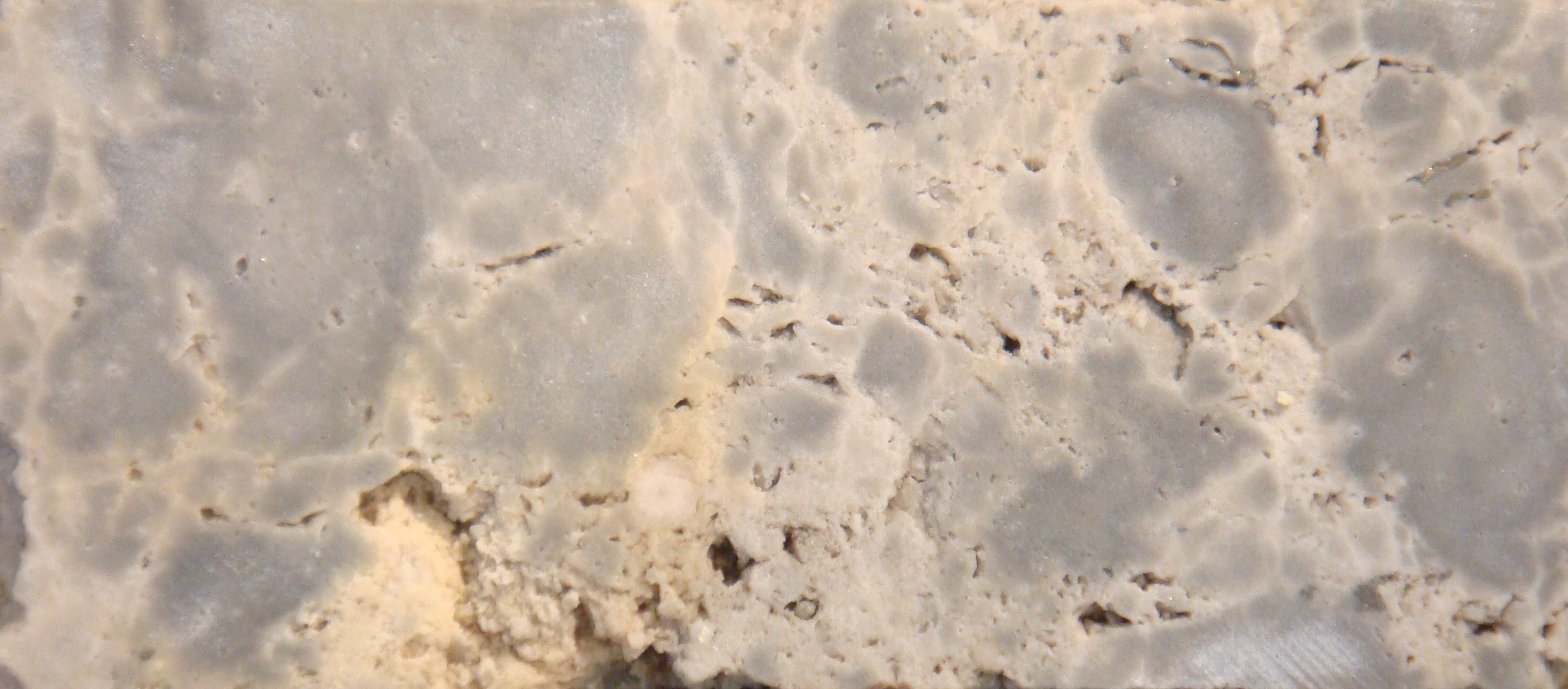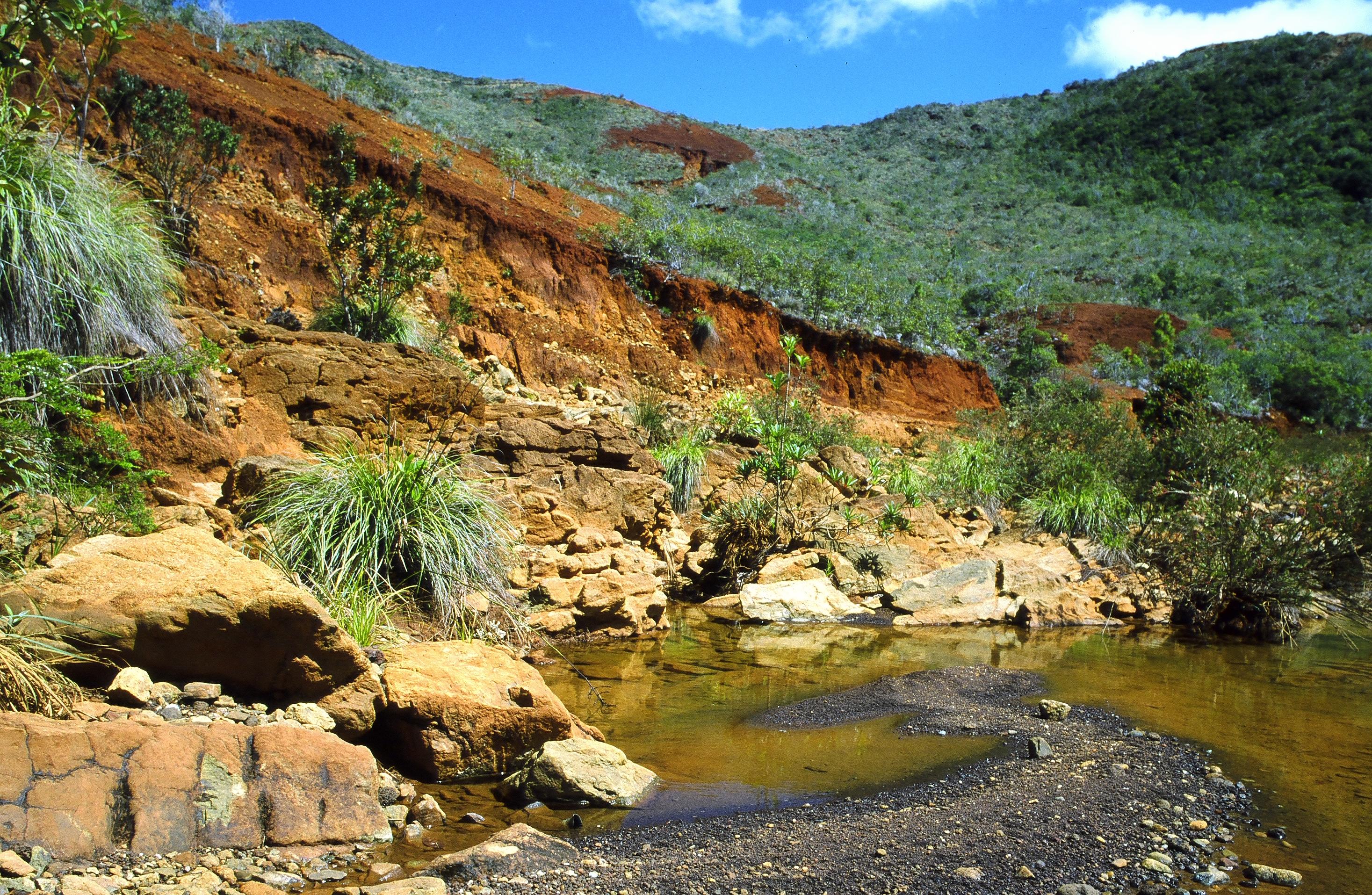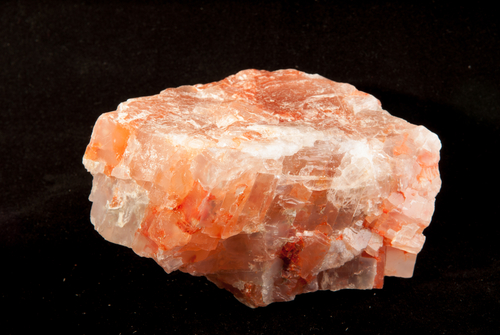These new targets have been identified through rock and soil sampling programs. Rock sampling is a low-tech, early stage exploration tool, but a key starting point to any sort of exploration. In larger areas without exposed bedrock, soil sampling programs may help identify buried targets.
[box type=”info” align=”aligncenter” ]Disclaimer: This is an editorial review of a public mining company press release and is not an endorsement. It may include opinions or points of view that may not be shared by the companies mentioned in the release. The editorial comments are highlighted so as to be easily separated from the release text and portions of the release not affecting this review may be deleted. Read more at How to Use this Site.[/box]
TORONTO, ONTARIO–(Marketwired – Sept. 26, 2014) – Eastmain Resources Inc. (TSX:ER) announces positive prospecting and geochemical sampling results from recent exploration work at its wholly-owned Eastmain Mine and Ruby Hill East projects located in James Bay, Quebec.
[box type=”note” align=”aligncenter” ]
Eastmain is a junior miner with about 10 properties in the remote James Bay region of Quebec, Canada. The company’s flagship property is the Eau Claire project which is about 50 miles (~80 km) south of GoldCorp’s Eleonore Project. Their Eastmain Project is about 150 miles (~250km) east of Eau Claire.
The Eastmain “mine” is the site of some underground workings and infrastructure built by Placer Dome who explored the area in the 1960’s and again in the 1980’s. Eastmain Resources owns the property, but a 2% production royalty is held jointly by Virginia Mines and Franco-Nevada Corporation. We’ve covered a few other companies operating in this region including Virginia Mines and Beaufield Resources.
Franco-Nevada (TSX: FNV, NYSE: FNV) is a gold focused “stream and royalty company” who holds NSR’s (Net Smelter Returns) on a number of exploration and mining properties. An NSR is a royalty based on mine production. A “stream” is a metal purchase agreement where the buyer acquires the right to purchase a set quantity of metals at a preset price in exchange for an upfront cash payment. Streams are different from royalties in that there is no interest in the property and no ongoing payments other than for the specified purchase of physical metal. Franco-Nevada was acquired by Newmont in 2002, but spun off as an IPO in 2007. The company also owns royalties in oil and gas and other metals. In a depressed mining market their low risk exposure to the upside of the commodity sector has been something of a safe-haven for weary resource investors. Franco-Nevada hit an all time high of more than $66 (TSX) this past August.
Now, let’s get back to Eastmain.
The area is underlain by the a group of ancient and highly metamorphosed volcanic and sedimentary rocks for which the company was named: The “Eastmain River Greenstone Belt”. This “new mining district” is prospective for a number of deposit types including VMS base-metal deposits, diamonds, gold, uranium, nickel and PGM’s.
According to the company, Eastmain’s property hosts a measured resource of 91,500 tons grading at 0.268 oz/ton gold (~83000 tonnes at 9.18 g/t) and an indicated resource of 768,000 tons grading at 0.294 oz/tonne (~700,000 tonnes at 10.08 g.t) plus 4.1 million pounds of copper. These resource estimates pre-date the 43-101 reporting standard and have not yet been updated. As such, they are not 43-101 compliant.
The company has done some of their own drilling on the property along with some airborne geophysics, sampling and mapping. This release deals with their recent summer sampling program which identified targets for further exploration.
[/box]
The key objectives of field work at Eastmain Mine and Ruby Hill East were to explore for additional gold resources lateral to the Eastmain Gold Deposit and to search for a repetition of the mine horizon on the adjacent and contiguous Ruby Hill East claim block. Rock sampling on the Eastmain Mine property has confirmed four high-priority targets northwest of the A and B Zones of the Eastmain Mine Gold Deposit. Geochemical sampling on the adjacent Ruby Hill East property has defined a continuous gold-in-soil anomaly for a length of 800 metres in the south-central part of the property (see website for maps).
[box type=”note” align=”aligncenter” ]
These targets have been identified through rock and soil sampling programs. Rock sampling is a low-tech, early stage exploration tool, but a key starting point to any sort of exploration. In larger areas without exposed bedrock, soil sampling programs may help identify buried targets.
[/box]
Eastmain Mine.
The Eastmain Mine property contains a high-grade gold deposit, with ramp access to underground workings, and surface infrastructure sufficient to house a sixty-person work force, all of which is now accessible by permanent road via Route 167 North. Four high-grade target zones have been confirmed through prospecting and rock sampling northwest of the Eastmain Gold Deposit. Two of the areas (“Hillhouse” and “Julien”) coincide directly with the projected Eastmain Mine horizon and two targets (“Michel” and “Susanna”) are located along a secondary parallel structure, which may be an immediate repetition of the mine sequence immediately west of the main feature. Follow-up trenching and drilling is warranted to test these mineralized corridors.
Hillhouse Target
249 rock samples were collected as part of the 2014 geological targeting program in search of additional resources along the “mine corridor”. The Hillhouse target, which occurs 850 metres northwest of the A and B Zones, consists of a 400-metre long by 150-metre wide area, containing anomalous rock samples, with gold (Au) ranging from 0.5 to 39.5 grams per tonne; silver (Ag) ranging from 0.5 to 25.8 grams per tonne and; copper (Cu) ranging from 0.1 to 2.4%.
Julien Target
The Julien target is situated 1.7 kms northwest of the A and B Zones. This target coincides with a magnetic high in mine corridor rocks extending for a length of 500 metres. The Julien target has been defined by hundreds of anomalous rock samples containing from 0.5 to 27.2 grams per tonne Au; from 0.5 to 28.8 grams per tonne Ag and; from 0.1 to 2.3% Cu.
Susanna Target
The Susanna target is situated 600 metres west of and parallel to the Julien anomaly. This target extends for a length of 375 metres with rock assays ranging from 0.5 to 38.7 grams per tonne (g/t) gold, 0.5 to 26.6 g/t silver and 0.1 to 3.06% Cu.
Michel Target
The Michel target is located 400 metres north of the Susanna anomaly and is defined by two clusters of rock samples ranging from 0.5 to 125.1 g/t Au; 0.5 to 12.5 g/t Ag; and 0.1 to 1.08% Cu.
[box type=”note” align=”aligncenter” ]
Metals leaching from bedrock into the soil can be measured and mapped in order to develop targets for follow-up exploration. The measurements are usually very low (parts per billion), but the results are evaluated on a relative basis and anything above background levels may be considered a target. In gold exploration, any gold value at all is a good sign, but the most highly elevated levels are priortized for follow-up.
[/box]
Ruby Hill East
The adjacent Ruby Hill East claim block covers what has been interpreted as a potential repetition of the mine horizon. This claim block straddles a regional stratigraphic and structural break – a prime target location for ore deposits. This target horizon was screened using regional soil geochemical surveys at 200-metre line intervals and 50-metre stations. Review of 1,132 B-horizon assays indicates there is a significantly gold-enriched soil anomaly, ranging from >10 to 405 ppb Au, across an 800-metre-long interval coinciding with a regional magnetic high in the south-central portion of the claim block.
Prospecting along additional regional conductive horizons at Ruby Hill East yielded results from 0.1 to 1.65 grams gold per tonne in cherty iron formation. This anomaly also coincides with an interpreted repetition of the mine horizon.
2014 exploration very successfully identified new widespread mineralized systems, matching the Au-Ag-Cu signature of the Eastmain Mine Gold Deposit, on both the Eastmain Mine and Ruby Hill East properties. 2015 work will focus on follow-up trenching and drilling of these targets.
[box type=”note” align=”aligncenter” ]
The system hosts gold, silver and copper and according to the company the average grades are 18.92 g/t gold, 16.06 g/t silver and 0.24% copper across an average mineralized interval of 3.96 meters. This doesn’t tell us much about the resource and these numbers are from historic drill results, but it does give some idea of the metal ratios within the system.
[/box]
Dr. Donald J. Robinson P. Geo, President and Chief Executive Officer of Eastmain, Qualified Person under National Instrument 43-101 reviewed and approved the technical data presented in this press release.
Chemical analysis was completed by ALS CHEMEX Laboratories using a 50-gram split with ICP, AA and gravimetric techniques. Internal standards provided by an independent company and blank samples were inserted for quality control purposes.
[box type=”note” align=”aligncenter” ]
A QA/QC statement is typical in releases that discuss assay results.
Eastmain is currently trading at $0.265 (TSX), not far from their one year (and all time) low of $0.23.
[/box]
About Eastmain Resources Inc. (TSX:ER) Eastmain is a Canadian exploration company with 100% interest in the Eau Claire and Eastmain gold deposits, both of which are located within the James Bay District of Quebec. Eau Claire, our core asset, has superior infrastructure within a favourable jurisdiction and is royalty free. The Corporation also holds a pipeline of exploration projects in this new Canadian mining district.
[box type=”success” align=”aligncenter” ]Have a company or release you’d like us to look at? Let us know though our contact page, through Google+, Twitter or Facebook.[/box]






